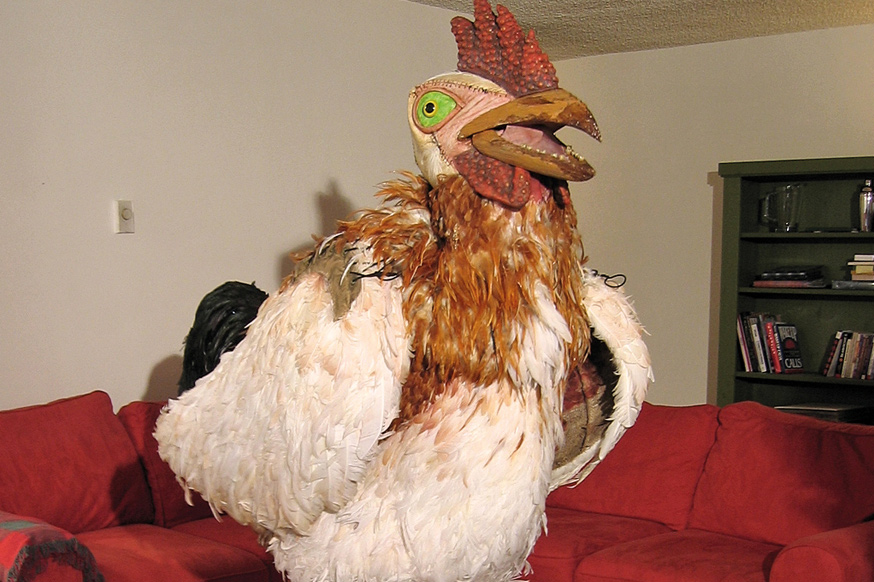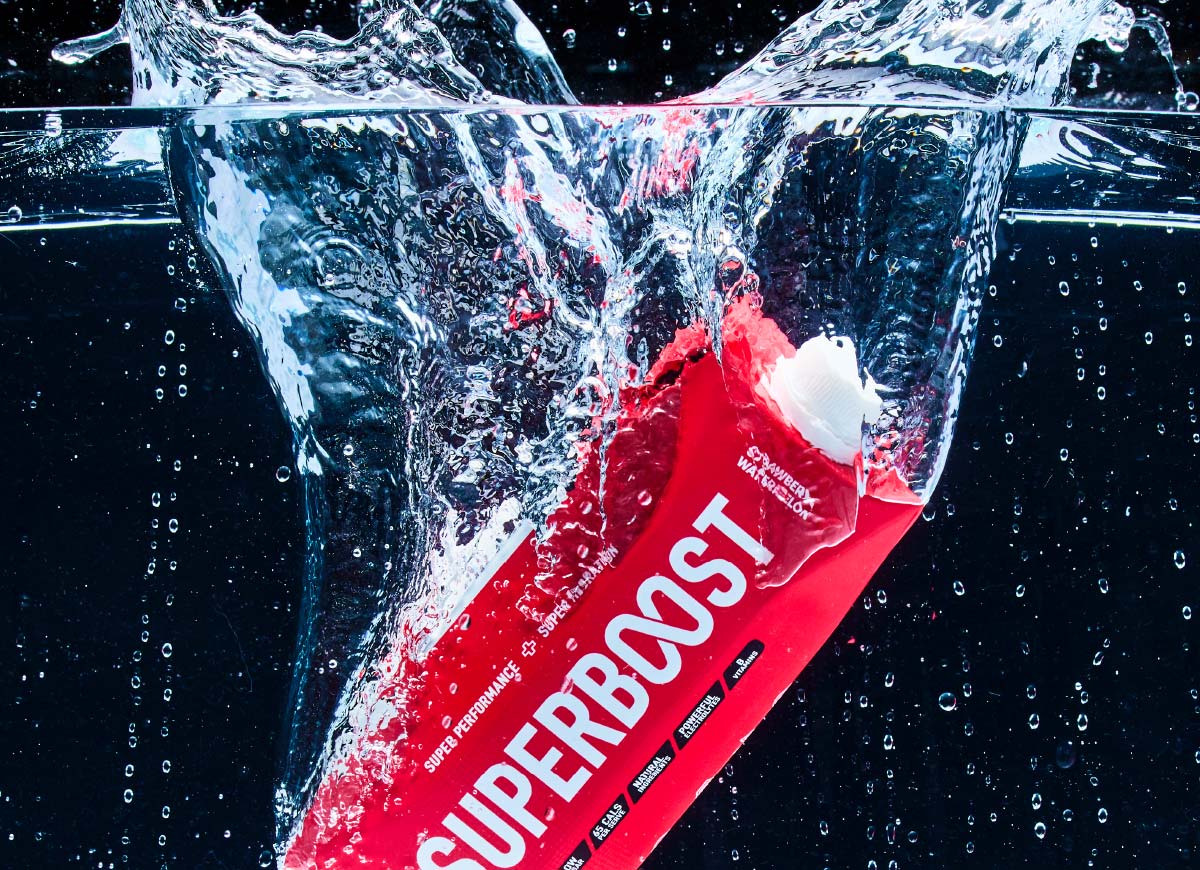Viral Marketing – it’s a disease!

The thing with viral marketing is that it’s harder than it looks and when a campaign does go viral, it’s often due to chance as opposed to the result of a pre-determined strategy.
And when a viral component is a part of the strategy it can cause more harm than good. For starters it impedes creativity. Attempting to create something memorable enough to go viral on cue and by committee is not the ideal way to create a little bit of magic. And even if something does go viral it can (and will) be hard to control, and both the client and the agency is ultimately at the mercy of the public. And the public know a trick when they see one…
Luke Sullivan, one of America’s most awarded copywriters, offered some wise words on viral marketing:
“Keep in mind that viral is a result, not a strategy. I continue to see the word viral written into client briefs like it’s something you can request: “Need one print ad, one radio spot, annnnd… oh, a viral video too, please.” We decide to go viral about as much as The Beatles decided to go famous. Before anything viral happens , somebody has to do something mind-roastingly cool.”
With those words in mind, it’s important to remember that those campaigns that have successfully gone viral do not resemble traditional advertisements. It’s all very well slapping a brand all over a campaign, but the truth is that it just won’t resonate with the consumer. The public are becoming increasingly wise to viral marketing, and all they really want is to be entertained. Ad man Chuck Porter put it best:
“So far, the only two ways I can see to get people to even pay attention to you in the interactive world are to offer information or entertainment. And if you really have dreams of viral, entertainment will always win. Imagine two sites. One has really useful information on caring for delicate fabrics. The other has the funniest joke you’ve heard since high school. Which one are you going to send to all your friends?”
So if your campaign resembles a normal ad, with facts and branding etc, it won’t go viral. If it’s unoriginal and not entertaining, it won’t go viral. But even if it does go viral the actual result may not be the desired one.
Earlier this year an experiment by Coles went wrong after followers were urged to finish a sentence starting with “In my house it’s a crime not to buy…” The responses were not exactly what Coles were looking for. Rather than producing useful information about what consumers most want to buy at their local supermarket, the Coles Twitter account was innundated by comments from annoyed followers.
@mroriginal44 wrote “It’s a crime not to buy tortured chicken cage eggs”
@TaraMacca wrote “In my house, its a crime not to buy LOCALLY- and I don’t mean from a @coles supermarket”
@jessovendenwrote “In my house it’s a crime to buy anything from companies that hurt farmers”
The stunt-gone-wrong follows other social media marketing run-ins for Qantas and Coca-Cola.
It’s not hard to see the appeal of attempting to go viral. It can be a clever and effective way of increasing your brand awareness without blowing your marketing budget. But as with all viruses, there is also a massive potential for damage.


